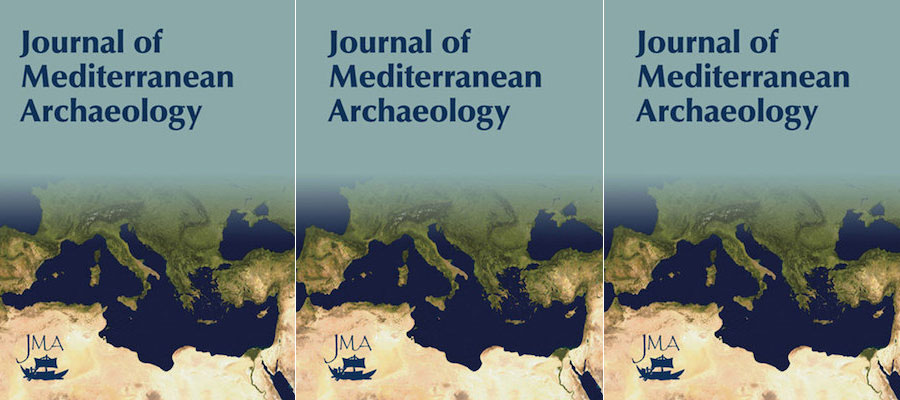Fotini Kondyli and Sarah Craft. "The Making of a Byzantine Monastic Landscape: A Case Study from the Mazi Plain in Northwest Attica, Greece." Journal of Mediterranean Archaeology, volume 33, number 2: pp. 135–159. DOI: https://doi.org/10.1558/jma.19470
In this study, we present some results from the Mazi Archaeological Project (MAP), a diachronic regional survey in northwest Attica, Greece. We focus our discussion on the presence of the Middle Byzantine Monastery of Hosios Meletios and its relationship to local communities as well as to the surrounding natural and built environment. In doing so, we focus on three main strategies employed by the monastery: (1) large-scale building projects, (2) the redirection of movement in the area and (3) the exploitation of the natural environment and its economic resources. We also pay attention to the establishment of the paralavria (monastic dependencies) as a fundamental mechanism employed by the monastery to map its presence and influence and connect it to other sites of economic and religious importance in the region. We argue that the spatial, material and symbolic connections between the paralavria, the main monastery and key natural features in the area created a visually, spiritually and economically coherent and distinct monastic landscape.
